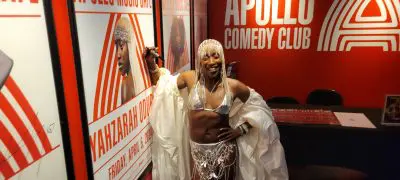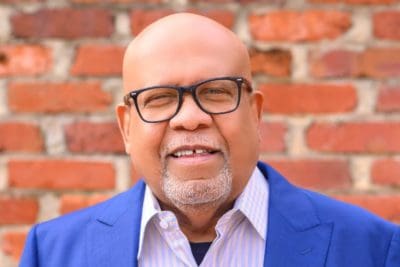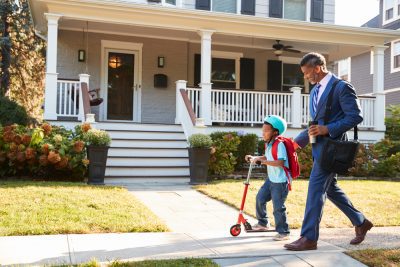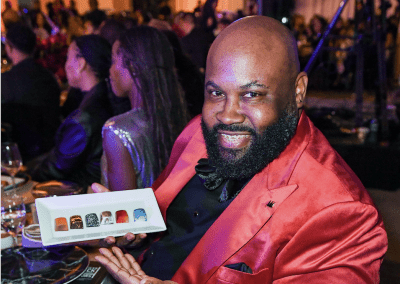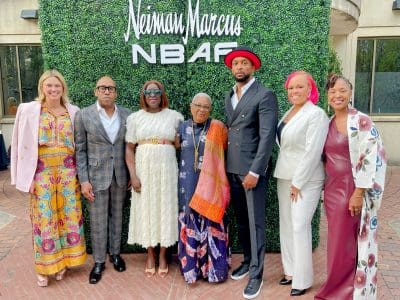
For the last 20 years of his life, the celebrated writer Langston Hughes lived at 20 E. 127th St. in Harlem. Now nearly 50 years later, his legacy has inspired award-winning author Renée Watson to launch a crowdfunding campaign to rent the brownstone and repurpose it as a cultural center. The project is the first initiative under Watson’s newly formed nonprofit organization, I, Too, Arts Collective (its title inspired by Hughes’ famous poem, “I, Too”).
Watson takes up the challenge during a time of intense gentrification. Throughout Harlem large chains and restaurants are moving in, condos are being built to the sky and property values are soaring. Hughes’ house is valued at over $3 million. To lease the property for a year, Watson needs to raise $150,000. The campaign recently crossed the $25,000 mark. Recently we interviewed Watson via email about her vision for the project.
This campaign seems to be in response to underserved artistic communities as much as it is a challenge to the unchecked negative effects of rapid gentrification. In what ways do you see the collective responding to these two seemingly separate but connected issues?
Our first response is quite literal, in that we are hoping to lease the brownstone where Harlem Renaissance poet, Langston Hughes lived and created. We believe this space is an important place. Our very existence in that space will be our response to gentrification. It is our way of making sure that with all the newness in Harlem, the “old” is respected and preserved. Too often the stories of people of color and people from marginalized communities get erased or told through a lens other than our own. We believe it’s important for people to have a space where they can tell their own stories, where they can create, and share their work.

What is the vision for the collective within the brownstone in terms of programming?
Starting out, we will have four programs. In Creative Conversations guest artists (from all art forms) will share works-in-progress and engage with the audience through discussion. For Summer Intensives we’ll offer poetry and theater workshops for young people in the summer, taught by teaching–artists and focused on art as a way of processing and addressing social issues. Eventually, we hope to expand our workshops to after-school classes during the school year. We are passionate about quality arts education being accessible and affordable for young people and we’re looking forward to working with youth who have raw talent and could benefit from rigorous workshops and classes.
I’m really excited to get our Artist-in-Residence Program up and running. This program is for visiting artists from outside of NYC who need an affordable place to stay while in the city, say, for a book tour or research for an artistic project. The artist-in-residence will have space to stay and create, and give back to the community by offering a reading or artist talk. Finally, with the program Creative Space for Artists and Community Members we’ll also be a space that people can use to host their own events.
What is the physical state of the brownstone’s interior and how will this impact the mission of the project?
The brownstone is in good shape — considering how old it is. We do have renovations to do and once we’re ready to have programs, we intend to use the space for events like poetry workshops, art gallery space, and open mics. We’re also very excited to invite the community to host their own events and really get an artistic community thriving in the space.

Pending the success of the campaign what is the plan after the first year in terms of sustaining the collective within or outside of Hughes’ home?
Practically speaking, we’ll sustain our programs through grants and private donations. We are also committed to collaborating with existing art organizations in Harlem and hope to learn from and support them. For us, part of sustainability is fostering relationships with the community and truly being a place for the people.


